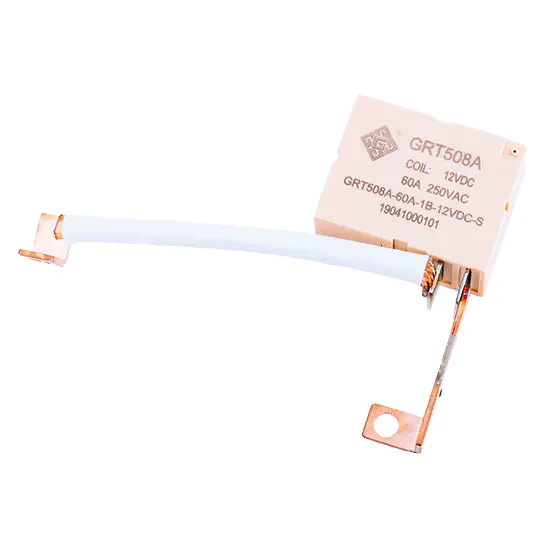
NEWS
Exploring the Latest Advances in Low-Power 60A Industrial Relays
Updated:
2025-07-07 11:00
In the rapidly evolving landscape of electronic components, industrial relays play a crucial role in controlling and managing electrical circuits. The newest C represents a significant advancement in this field, offering enhanced efficiency and reliability for various industrial applications. Understanding its features, benefits, and applications can help professionals make informed decisions regarding their use.
One of the most notable characteristics of the newest low-power 60A industrial relay is its energy efficiency. Designed to operate effectively with minimal power consumption, these relays are ideal for applications where energy savings are paramount. This low-power design not only reduces operational costs but also minimizes heat generation, which can contribute to longer device lifespans and improved overall system reliability. In an era where energy conservation is critical, the shift towards low-power solutions is a welcome development.

Additionally, the newest low-power 60A industrial relay is engineered to handle significant load capacities, making it suitable for a variety of industrial applications. Its ability to manage 60A of current means it can be employed in heavy-duty operations, such as motor control, lighting systems, and industrial automation processes. The versatility of this relay allows it to be integrated into different systems, enhancing functionality and performance.
Another important aspect of these relays is their compact design. The latest models have been optimized for space-saving installations, making them an ideal choice for environments where real estate is limited. This compactness does not compromise the relay's performance; rather, it ensures that users can achieve high levels of efficiency without sacrificing power or capabilities.
Moreover, with advancements in materials and technology, the newest low-power 60A industrial relays boast improved durability and resistance to environmental factors. This makes them suitable for use in harsh industrial settings, where exposure to dust, moisture, and extreme temperatures is common. Reliability in such conditions is crucial, as failures can lead to costly downtime and safety hazards.
Lastly, incorporating smart technologies into these relays enables enhanced control and monitoring capabilities. Many modern relays are compatible with automation systems and IoT devices, allowing for real-time monitoring and management. This integration not only simplifies operation but also provides valuable data for predictive maintenance, further optimizing industrial processes.
The newest low-power 60A industrial relay stands out as a vital component in the electronic components sector, particularly in industrial applications. Its energy efficiency, load handling capacity, compact design, durability, and technological advancements make it an excellent choice for professionals looking to enhance their systems. Embracing these innovations can lead to improved operational efficiency and greater reliability in various industrial environments.

